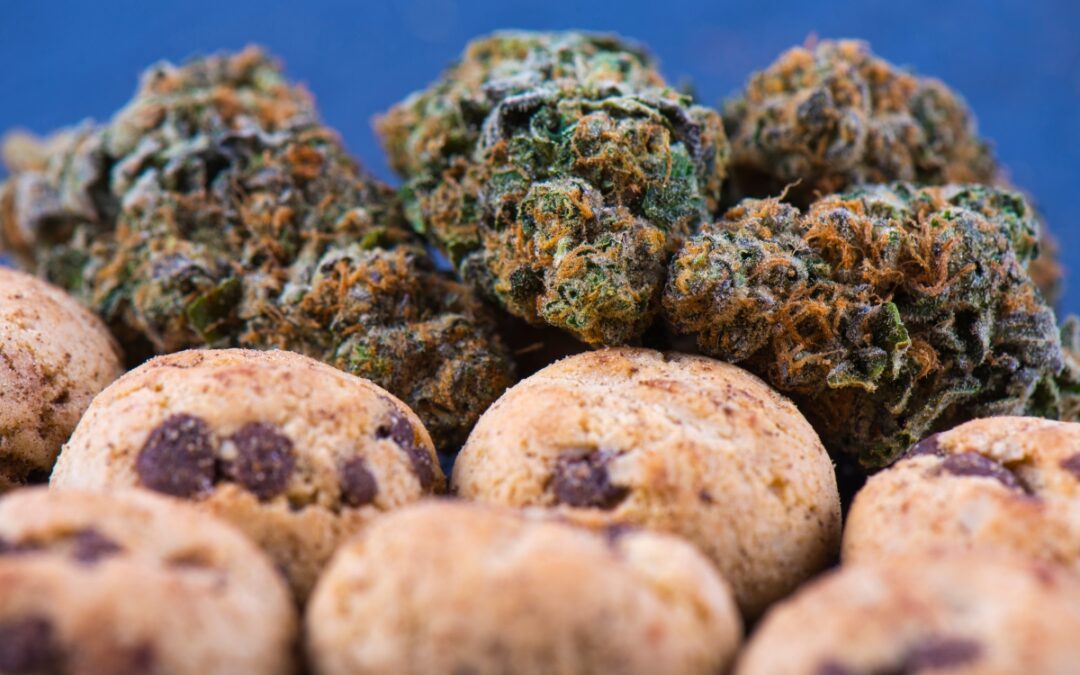Cannabis has long been associated with increased appetite and a heightened sense of taste. Therefore, it’s no surprise that many marijuana fans enjoy whipping up a batch of cannabis edibles. After all, eating a THC brownie can stave off the munchies while delivering a potent high.
While it’s convenient to purchase edibles online or from a dispensary, every customer has unique dietary requirements. Even though legit edibles in cannabis-friendly states have lab reports, many have extra ingredients some people may not feel comfortable eating. However, there is an easy way weed fans can create dank delicacies that fit their diets: Research DIY cannabis recipes! Although cooking with cannabis isn’t as simple as sprinkling sugar leaves on top of your sugar cookies, there are basic techniques people can use to create delish weed dishes.
Bringing Buds Into The Kitchen: A Few Basic Weed Recipe Tips
A critical technique new canna-cooks need to master is “decarboxylation.” While this may sound technical and scary, it’s a rather simple process. Simply put your buds on a parchment-lined tray and bake them in the oven at about 250°F for ~ 45 – 60 minutes.
Why is “decarbing” such a crucial detail? Without decarboxylating your weed, it will only have acidic cannabinoids like CBD-A and THC-A. Although these cannabinoids have many intriguing properties, they don’t interact with the body’s cannabinoid receptors like standard CBD and THC. Interestingly, if you ate a THC-A edible, you wouldn’t feel “high.” Heat transforms these acidic cannabinoids into a more bioavailable “active” state, thus ensuring you’ll enjoy the maximum potency from your cannabis.
Once you have your decarbed weed ready, the best first recipe to master has to be “cannabutter.” There are two significant reasons mixing cannabis in butter is so popular. First, butter is highly versatile, making it easy to add to tons of baked goods and dinners. Second, since cannabinoids are fat-soluble, they easily attach to the milk proteins in butter, translating to a higher absorption rate once you eat them.
The simplest way to add cannabinoids to your butter is to use the following method:
- Mix 1 ½ cup of water and 8 ounces of butter in a medium pot.
- Turn your stove on medium-low and melt the butter.
- Add about ½ ounce of decarboxylated weed and mix with a spoon.
- Cover and let simmer for about 4 – 5 hours, stirring occasionally.
- Strain the butter through a cheesecloth into a container.
- After the butter cools, cover and put it in the fridge.
By the way, you can use the same basic method to add cannabinoids to cooking oils with high smoke points. Simmer an oil like vegetable, canola, or coconut with your decarbed weed for a few hours and strain into a container.
Whether you make cannabutter or cannaoil, these products will make baking and cooking with weed a breeze. Since these fatty substances are widely used in meals and desserts, feel free to add some THC to your favorite recipes!
A Word Of Warning On Edible Dosing
As a final note, please be careful when first dosing edible products. It’s easier to overdo cannabis edibles because they won’t immediately impact your endocannabinoid system (ECS). Also, studies suggest that delta-9 THC transforms into another cannabinoid called 11-hydroxy-THC when it passes through the liver. Initial tests indicate 11-hydroxy-THC is far more potent than standard delta-9.
If it’s your first time eating a THC edible, keep your dosage small and resist the temptation to eat more early on. It may take an hour or two to feel the effects of a weed edible, so be patient.

